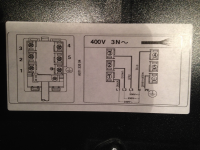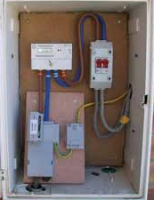G
GrumpyGranddad
Guest User
Apologies if this is a daft question but I’ve read some of the existing threads on this issue and am still unclear about what needs to be done if reverse polarity is detected at a site. Some say don’t worry about it, some say there is a potential danger when plugging in appliances, some say buy a reverse polarity cable and some say don’t bother.
So,
1. Should I buy a tester and test at every campsite before hooking up the Cali’? (If so any recommendations on a tester - there’s loads on Amazon)
2. If reverse polarity is detected at a site what action is needed and should I buy or make a reverse polarity cable.
Very grateful for any advice on this.
So,
1. Should I buy a tester and test at every campsite before hooking up the Cali’? (If so any recommendations on a tester - there’s loads on Amazon)
2. If reverse polarity is detected at a site what action is needed and should I buy or make a reverse polarity cable.
Very grateful for any advice on this.

















